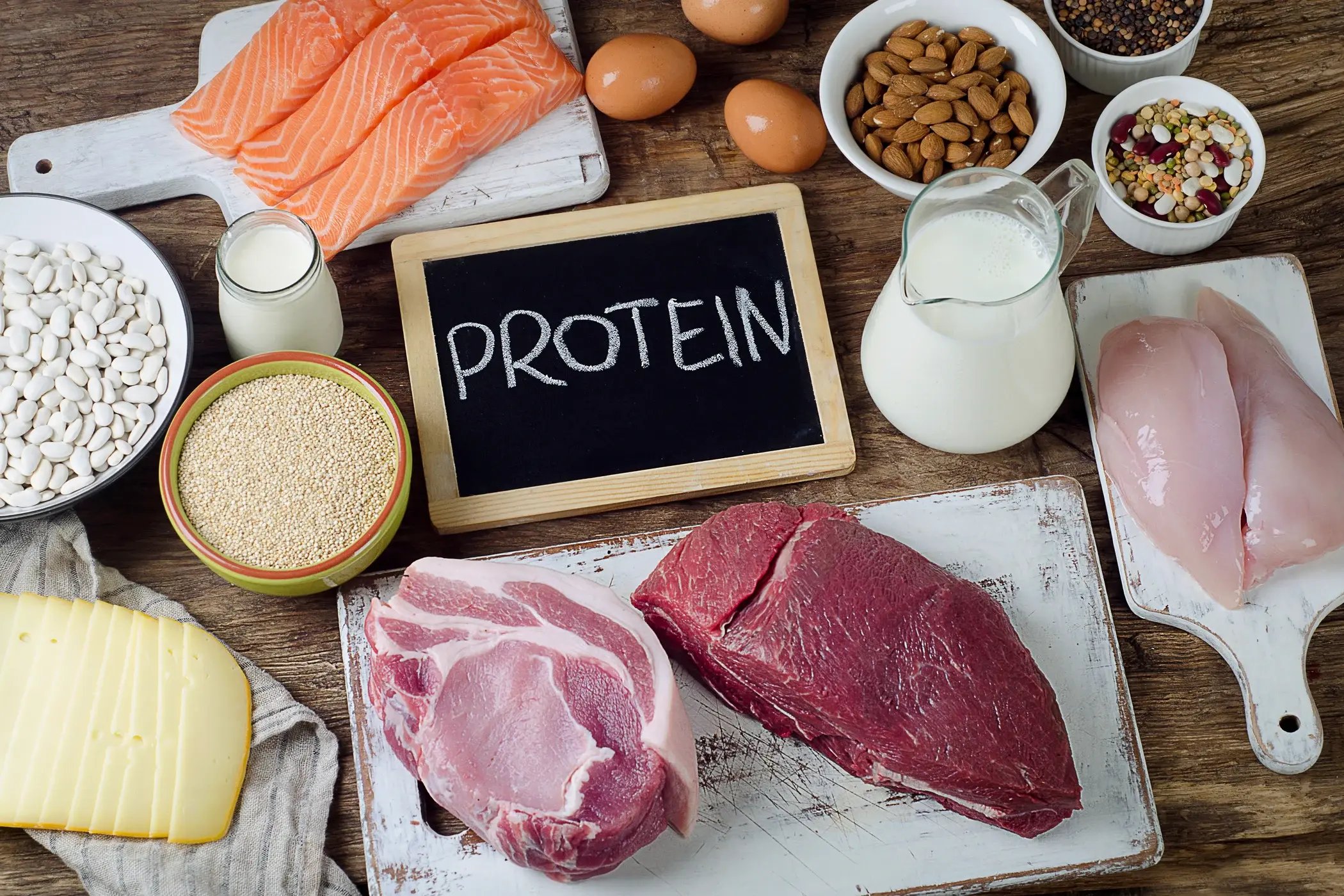The globe is facing serious challenges. Our planet currently faces a triple threat of global warming, overpopulation, and exploitation of resources, creating a scenario that puts our future food supply in jeopardy. Among the greatest challenges is finding good sources of proteins. Proteins serves as fundamental building blocks for cells and tissues – making them essential for all living organisms. Animals need it for the muscles, blood cells, immune cells, and the overall bodily functions, like growth and development. Humans and fish alike need to consume proteins regularly to get the energy and nutrition needed to grow and function.
As the world population is growing the demand of protein is growing even faster. Even without the population increase we see that the protein demand in the world is increasing as more people are living in developed countries. In developed countries the incomes are higher, the population is growing older, and there is a higher level of consciousness of the importance of proteins in healthy aging and the importance of nutrition on health in general.
This predicament has sparked the search for more sustainable sources of proteins to nourish mankind. We can find answers in aquaculture, as some of the most environmentally friendly and healthy sources of protein can be found here.

Advantages of aquaculture as a protein source
Inside our oceans and aquaculture farms is a sea of protein that can fuel humanity. As land-based agriculture faces challenges on numerous fronts, from land loss and water use, to changing weather and unsustainable emissions levels, aquaculture may serve as a more sustainable source of nutrition for our future.
In addition to the growing knowledge about the health benefits of consuming seafood, aquaculture farming also have some natural sustainability advantages over land-based agriculture when it comes to producing protein-rich food. Raising animals in water reduces the energy needed to sustain a heavy skeleton to keep them upright, and the fish and shrimp uses minimal energy to keep their body temperature constant. This makes them efficient utilizers of feed, as fish and shrimp typically need 1 to 1.5 kilograms of feed to yield 1 kilogram of body weight, whereas cattle on the other hand require 8 kilograms of feed to achieve the same result. They are also efficient providers of food, as a larger percentage of their bodies become feed for people. This stark contrast underscores the benefits of farming seafood to provide food to people.
But the sustainability of aquaculture is all dependent on the source of feed for the farmed fish and shrimp. To be a sustainable producer of seafood, the feed our food eats must also be sustainable. The fish and shrimp raised through aquaculture also require protein in their diet, which means that the protein and other raw materials that go into the feed must come from environmentally friendly sources.

Traditional protein sources for aquaculture are under pressure
There are many sources of protein on the market today for aquaculture feeds, however traditional marine sources such as fishmeal are increasingly scarce due to fishing restrictions designed to preserve stocks. Plant-based proteins are also available, such as soy and peas, but these sources often lack certain essential amino acids and nutrients.
To efficiently utilize the protein in the diet it is important that it has all the amino acids available in the right amounts to meet their requirement. This is what we call balancing amino acids. If the raw materials in the feeds are not able to supply the right amount of the amino acids, synthetic amino acids are often used to balance the diet. But these are expensive and unsustainable to produce, making it a goal itself to reduce the use of them. This highlights the demand to increase the production of good sustainable sources of all the required amino acids for the development of a sustainable aquaculture industry.
Read more: The Top 10 Decisions We Made to Ensure QRILL Aqua Sustainability
Krill: A sustainable protein source for aquaculture
“The aquaculture feed is a major factor in the overall environmental impact of an aquaculture operation, which means ‘sustainability’ cannot be claimed if the feed ingredients are not responsibly sourced. This is where krill stands out from the rest, in terms of both sustainability and effectiveness as a raw material for aquaculture.
Krill is the complete protein package, one that ensures the right balance of amino acids, is sustainably sourced, and the biomass is enormous and well regulated. It’s an ingredient that helps address the global protein challenge in a responsible way, not only due to it’s own highly suitable protein package, but it may also support the utilization of novel protein sources that might not have the best palatability in feed.
Read more: Krill is a powerful ally for aquafeed formulations
Krill meal helps ensure health and performance of fish and shrimp
Krill is a sustainably harvested ocean resource. It is a low-trophic species with an abundant biomass, requiring minimal land and water resources for utilization It offers well balanced, high-quality protein that promotes the growth and health of farmed fish and shrimp. Aker BioMarine has been responsibly harvesting krill from Antarctic waters since 2006, and the company’s QRILL Aqua Total product is known for its essential nutrients, including omega-3 fatty acids, vitamins, minerals, high quality proteins and appetite-enhancing attributes.
Read more: The Answer to Our Future Food Security Lies in the Sea
Sources used in this article:
- Maeve Henchion 2017: Future Protein Supply and Demand: Strategies and Factors Influencing a Sustainable Equilibrium
- Novel marine proteins as a global protein supply and human nutrition: Extraction, bioactivities, potential applications, safety assessment, and deodorization technologies: https://www.sciencedirect.com/science/article/abs/pii/S0924224423003989
- Marinussen, Kool (2010): Environmental impacts of synthetic amino acid production https://website-production-s3bucket-1nevfd7531z8u.s3.eu-west-1.amazonaws.com/public/website/download/f0e6feeb-d39c-45d2-af25-f94d1de9e074/amino-acids.pdf
Environmental Product Declaration

